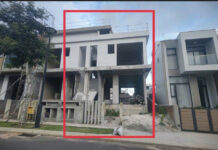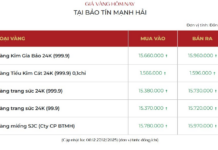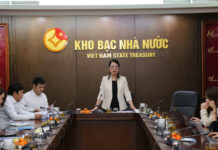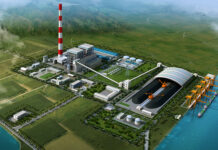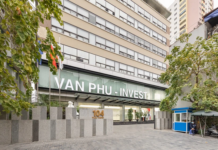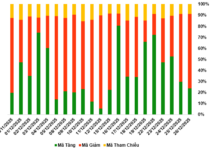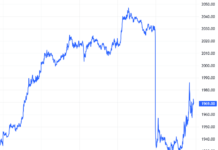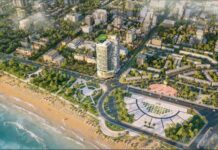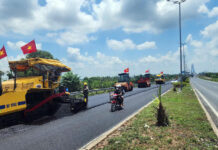Thai Binh’s Transformation Drive: Unleashing the Province’s Economic Potential
Once renowned as the “rice bowl” of Northern Vietnam, Thai Binh Province is undergoing a significant economic transformation. In recent years, there has been a deliberate shift in its economic structure, with a decrease in the proportion of agriculture and fisheries, and a substantial increase in the focus on industry and construction.
In 2023, the agriculture, forestry, and fisheries sectors contributed only 19.9% to the province’s GRDP, while the industry and construction sectors accounted for a substantial 45.0%, with the services sector making up the remaining 29.1%.
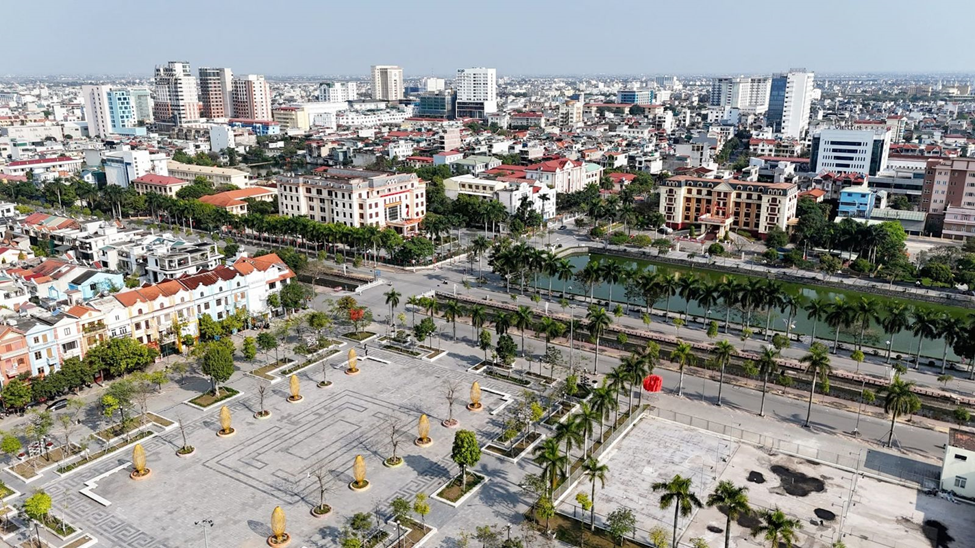
Thai Binh’s FDI attraction ranks in the top 5 nationwide, showcasing its growing investment appeal (Source: thaibinh.gov)
Looking ahead, Thai Binh has set ambitious goals for 2030, aiming to maximize the contribution of the industrial sector. Specifically, the province targets an economic structure where industry and construction account for approximately 62.1% of the economy, with a GRDP per capita equivalent to the national average.
The provincial planning for the period of 2021–2030, with a vision towards 2050, underscores the development of industry and services as the pillars of economic growth. The goal is to transform Thai Binh into a modern industrial hub, a leading center for industry and energy in the Red River Delta, and a key distribution and transit point for goods in the southern Red River Delta and North Central regions.
To achieve this, the Thai Binh Economic Zone has been established, spanning an area of 30,583 hectares with a 54-kilometer coastline. Of this, over 8,000 hectares are dedicated to industrial, urban, and service development. With 22 planned industrial parks, the zone is expected to offer significant growth potential, akin to the success stories of Quang Yen and Dinh Vu Economic Zones in the coming years.
The local government’s unwavering commitment to industrial development is already bearing fruit. In 2023, Thai Binh attracted nearly $3 billion in FDI, a record high, propelling the province into the top 5 FDI destinations in the country. This achievement solidifies Thai Binh’s entry into the “Billion Dollar Club” for foreign investment attraction.
Moreover, in the first half of 2024, the province’s economy outperformed expectations, with impressive figures in exports and industry. Thai Binh attracted VND 7,769.9 billion in investment, more than double the figure from the previous year. FDI inflows reached $232 million, a 5.7-fold increase year-on-year. The total realized investment in the province was estimated at VND 27,647 billion, reflecting a 6.9% uptick compared to the same period last year.
The economic transformation in Thai Binh, coupled with the influx of FDI, underscores the province’s strong investment appeal. Thai Binh has firmly established itself as a strategic destination for investors seeking to expand their production and business operations.
Transport Connectivity: Catalyzing Thai Binh’s Development
In its quest for robust economic growth, Thai Binh Province has recognized the critical importance of harmonious and sustainable spatial organization, with a strong emphasis on connectivity with the Red River Delta and North Central regions.
The provincial planning for 2021–2030, with a vision towards 2050, outlines a development strategy that comprises one center, four socio-economic spaces, and three economic corridors.
The city of Thai Binh serves as the central hub, assuming the role of the province’s administrative, political, economic, and cultural center. It is also a focal point for urban economic activities, trade, and services, and a crucial link to other provinces in the Red River Delta and the rest of the country.
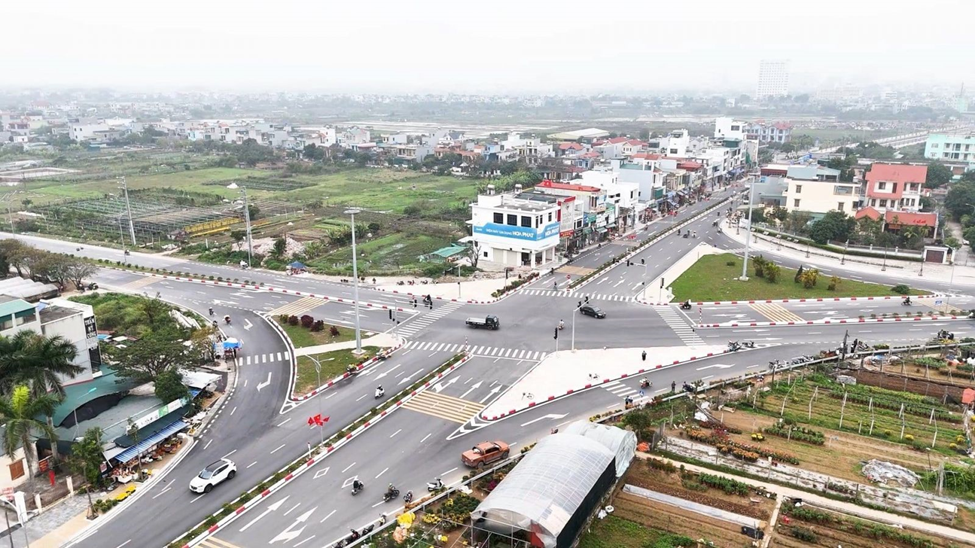
Emphasis on infrastructure development to connect Thai Binh City with other provinces in the Red River Delta (Source: thaibinh.gov)
The three economic corridors play a pivotal role in the province’s transportation infrastructure. The first is the Northwest Corridor, connecting peripheral areas with neighboring provinces (Hung Yen and Ha Nam) and extending to Hanoi. This aligns with Hanoi’s Ring Road 5 (CT.39) and CT.16, which links the coastal economic zone to Thai Binh City and the economic zone in the northwest of the capital.
The Eastern Corridor follows the Northeast-Southwest axis, corresponding to the Ninh Binh-Hai Phong-Quang Ninh expressway. Lastly, the Northeast-Southwest Corridor connects the North Central provinces to Hai Phong and Quang Ninh, forming a coastal economic belt that serves as a vital economic and social engine for the entire Red River Delta.
These corridors not only enhance Thai Binh’s role as a distribution and transit hub but also position the province as an emerging economic and industrial powerhouse within the Red River Delta. As Mr. Nguyen Van Dinh, Vice Chairman of the Vietnam Real Estate Association, notes, the robust industrial and infrastructure development in Thai Binh is fueling a surge in demand for housing and utility services, presenting a plethora of opportunities for real estate investors.






